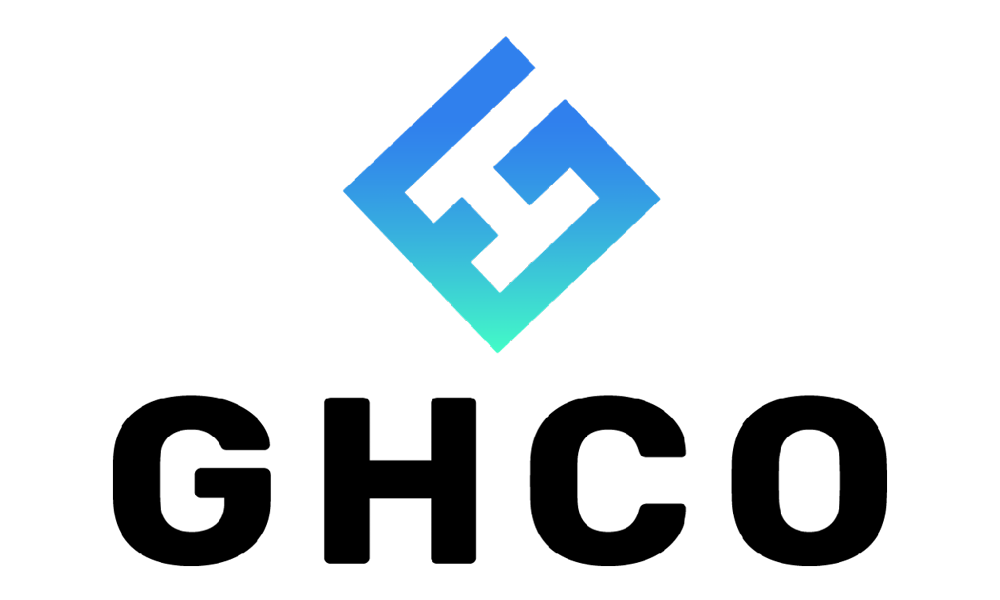Daniel Izzo, CEO of market maker GHCO, has said a shift in ETF volumes away from request for quote (RFQ) platforms to exchanges will help improve market structure by providing a clearer picture of the true liquidity available.
Speaking at ETF Stream’s ETF Ecosystem Unwrapped event last week, Izzo (pictured) said there would not be as many issues with reporting if all trades took place on the exchange while in many cases, brokers would not receive the best prices from market makers.
In an attempt to push all liquidity onto lit venues, one of the unintended consequences of MiFID II was to drive volumes towards RFQ platforms and systematic internalisers (SIs) which now dominate the market in terms of flow.
“The environment the market finds itself in is directly related to MiFID II,” Izzo explained. “The regulation was well-intended but the outcome was not.”
GHCO is currently in the process of rolling out the next phase of its plans to disrupt the European ETF ecosystem by offering prices in the over-the-counter (OTC) market.
“We would not be entering the space if we did not believe we can offer better prices than our competitors.”
Currently, the market maker offers prices on exchanges, however, around 80% of ETF trades continue to take place across RFQ platforms, SIs and OTC.
“As a result, we are beheld to join the OTC market which we will do this quarter and will begin to ramp-up in Q3. We are synchronising on-screen pricing with RFQ prices which will alleviate some of the egregious RFQ prints we see.
“It would be better for the market if ETF volumes moved onto the lit exchanges,” he continued. “There would not be the same reporting problem if all trades took place on exchange.”
In response to the shift towards third-party RFQ platforms such as Tradeweb and Bloomberg, exchanges have started launching their own RFQ models in an attempt to capture more ETF volumes.
The London Stock Exchange and SIX Swiss Exchange have been the two to lead the way and Izzo said this was an important development taking place.
“The exchanges launching RFQ models is critical to bring flow back on exchange. It is a chicken and egg situation as there is currently little flow and therefore brokers do not look there for liquidity.”
One key issue Izzo highlighted, however, is each major exchange RFQ has a different interface meaning liquidity providers could end up with five or six unique systems they need to be plugged into.
As a result, he said many firms see this as unnecessary and remain on the third-party RFQ platforms which see 80% of the volumes.
“However, it is worth using the RFQ exchanges if it structurally improves the ETF market in Europe,” Izzo concluded.



